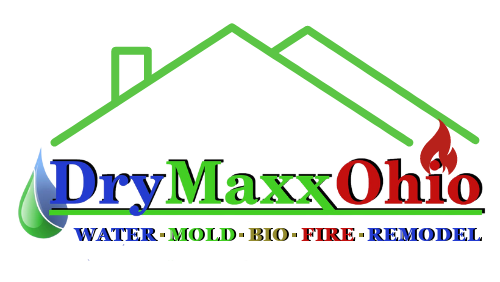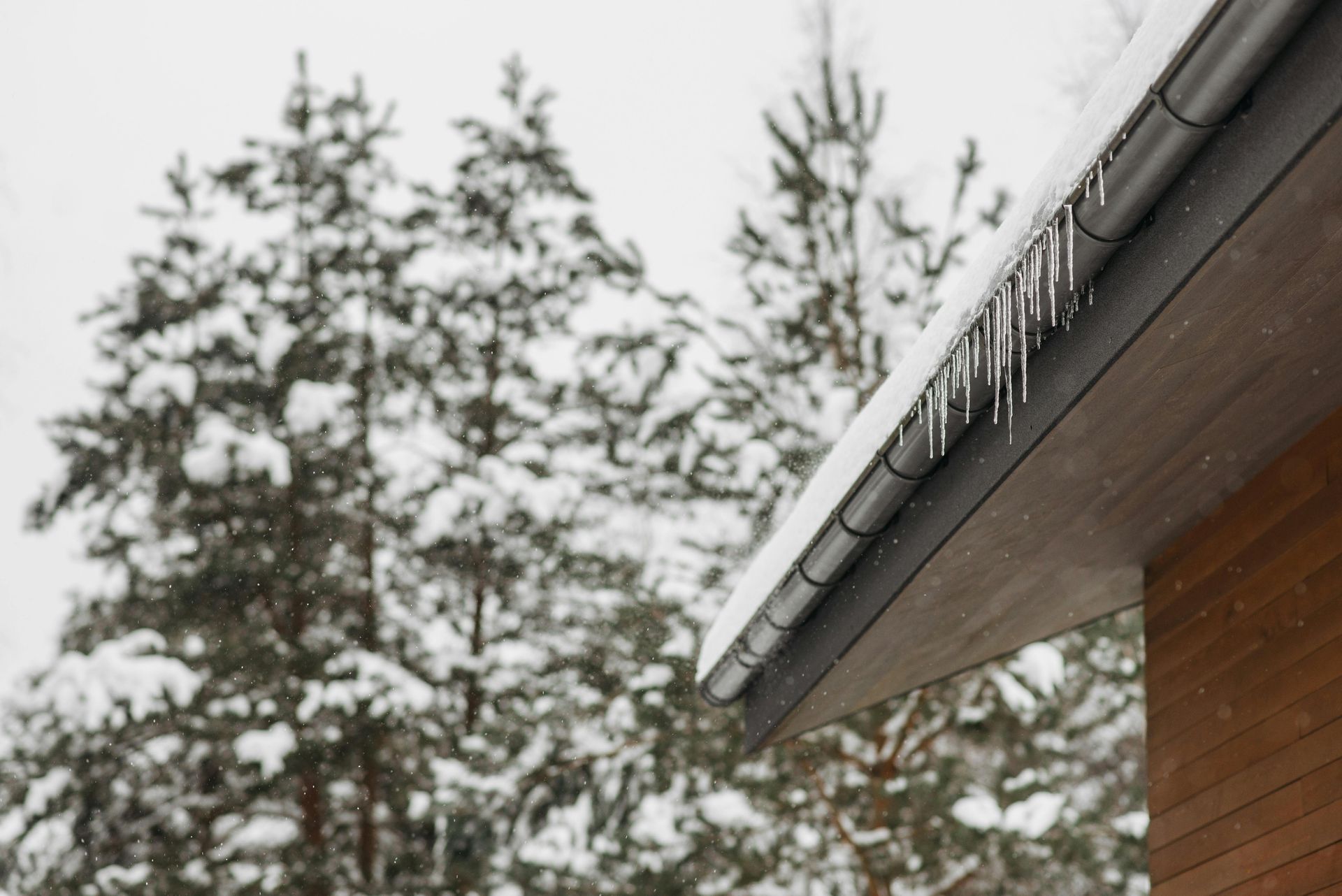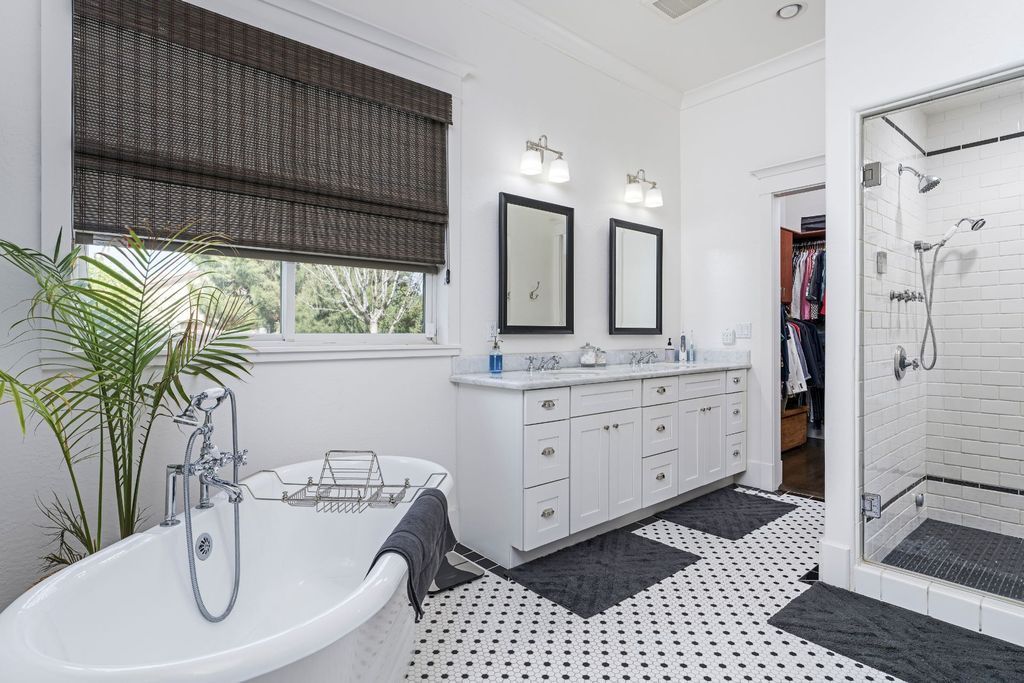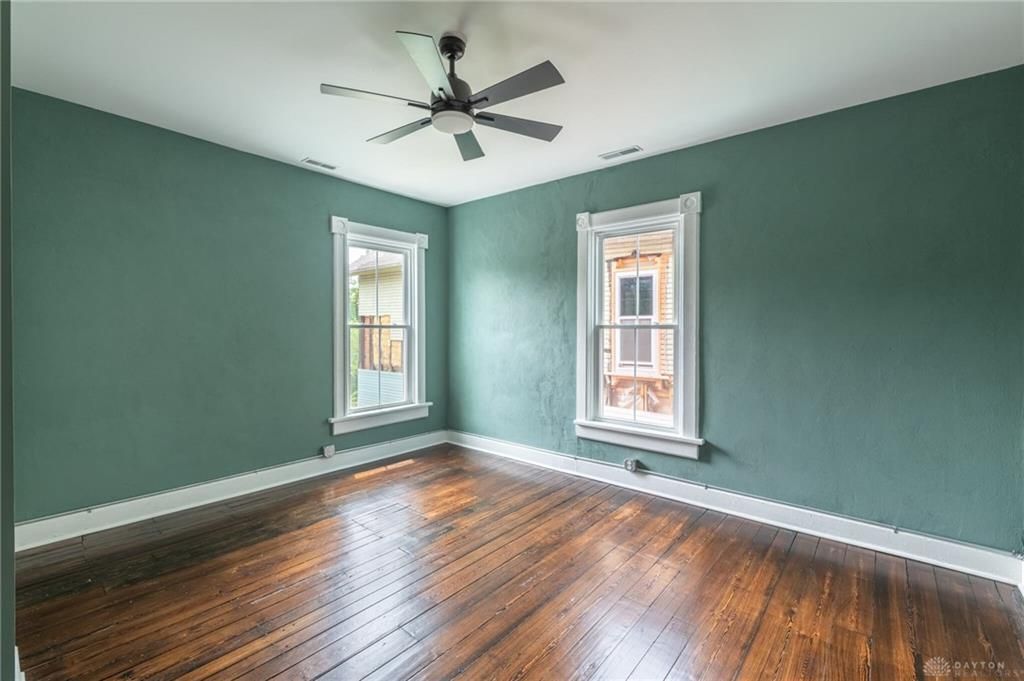House Flipping Renovation in Ohio
Professional Home Restoration Services
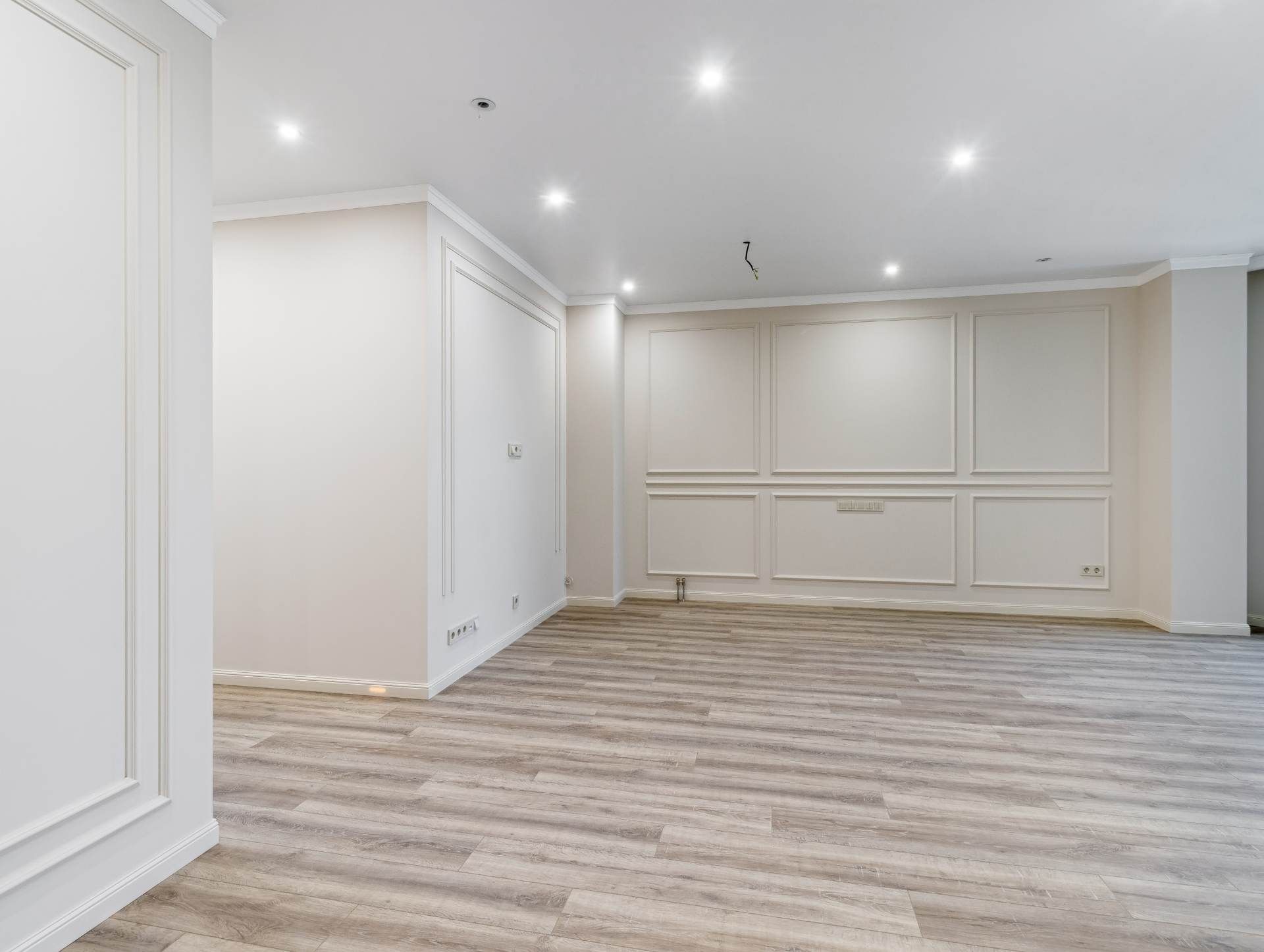
What is House Flipping Renovation?
House flipping renovation is the process of making strategic improvements to a purchased property to increase its value, and then selling it to make a profit. It includes buying, renovating, and selling. Home Renovations enhance property appeal and functionality by updating kitchens, bathrooms, flooring, and structural repairs. The intention is to maximize the return on investment by making improvements to attract buyers and resell the property at a higher price.
How Do I Start Flipping Houses?
To successfully flip a house, you need to plan and budget carefully and analyze the real estate market in your location. Home flippers seek undervalued properties that need cosmetic updates because they have the most potential for profit with minimal risk. Homes often need more extensive repairs like structural renovations or repairing water damage, which is why planning is important when flipping a house.
Best House Flipping Renovation Strategies to Maximize Profit
Focus on inexpensive property flipping strategies and renovations that will make a strong first impression on buyers, while improving property value. Kitchen and bathroom renovations have the most impact, often providing the most return on investment. Upgraded appliances, countertops, and fixtures are highly desired by buyers. Structural repairs like roofing or plumbing make the property ready to sell. A new front door, exterior paint, and fresh landscaping are simple. Be aware of neighborhood trends, but avoid excessive upgrades that might not provide returns in a modestly priced area. Stay within budget and on schedule to protect your profit margins and maximize the return on your investment.
House Flipping Renovation Timeline: How Long Does It Take?
The timeline for house-flipping renovation depends on the property’s condition, the amount and type of work needed to improve it, and the availability of workers to complete it. The estimated time for a house flip is about 4 to 6 months from initial purchase to resale. Acquiring the property can take from 1 to 3 months due to closing. Finalizing renovation plans and getting permits takes at least 2 to 4 weeks. Renovations like full-scale remodels or structural repairs could take up to several months. Staging the home and marketing it takes 1 to 2 weeks but is important to attract buyers. Selling the property can take a few weeks to a few months, depending on the market in your area. Effective project management and clear communication help ensure a profitable flip and minimize renovation delays.
What Home Improvements Add Value to a House?
Home improvements that add value to a house increase functionality and energy efficiency, while updating its look. Upgrading the kitchen with modern appliances, new countertops, and cabinetry can provide a return on investment because buyers want an updated kitchen with modern amenities. Renovated bathrooms with new fixtures, tilework, and energy-saving features like low-flow toilets, and LED lighting, are popular changes. Better insulation, new windows and doors will reduce utility costs. Landscaping, fresh interior & exterior painting, or a new roof, create a strong first impression. Converting the basement or attic into a home office or guest room adds usable space. Decks, patios, or outdoor kitchens are attractive to buyers. Upgrading floors with hardwood or tile adds lasting value. These improvements elevate the living space and make your property more appealing to potential buyers.
What Upgrades Don’t Add Value to a House?
Overly personalized renovations including themed rooms or bold paint colors may not appeal to everyone. Swimming pools need substantial maintenance and may not provide a strong return on investment in locations with a shorter swimming season. Buyers value garage parking and storage space which garage conversions sometimes eliminate. Wall-to-wall carpet isn’t valued as much as hardwood floor installation. Many buyers prefer smoothly-finished walls instead of textured walls or ceilings. When planning home upgrades, select changes with a broad appeal to attract many buyers.
Is High-End Flipping Worth It?
Making a high-end house flip profitable can be challenging. Luxury properties often need a significant upfront investment and added costs for renovation, which increases the financial risks compared to mid-range home flips. A house-flipping business plan with careful research, the right market conditions, and proper renovations are needed for a successful high-end flip. High-end buyers are often willing to pay a premium for upgrades in prime locations. It's important to weigh the risks when deciding if a high-end property is worth it to flip.
What Things Raise Home Value the Most?
Specific home renovations provide the best return on investment including:
Kitchen Remodeling: Update appliances, fixtures, and finishes to modernize the space and increase appeal to buyers.
Bathroom Renovations: Improve bathrooms with updated fixtures, stylish tiles, or energy-efficient low-flow toilets and LED lighting.
Fixing Structural Issues or Water Damage: Repairing structural problems and areas with water damage ensures your property is safe, structurally sound, and functional.
Floors: Refinishing existing hardwood floors or installing new flooring.
Fresh Paint: Apply neutral, fresh paint to walls to refresh the interior.
Energy-Efficient Improvements: Install new windows, add insulation, or add a smart thermostat.
Adding Curb Appeal: Upgrade landscaping, apply a fresh coat of exterior paint, or replace the front door.
Exterior Upgrades: Add stone veneer or high-value exterior finishes.
Lighting Upgrades: Replace outdated light fixtures with modern, energy-efficient options.
How Can I Flip a House Quickly?
Here’s a checklist for flipping a house
- Research the market and secure financing.
- Choose undervalued properties that need mostly cosmetic updates.
- Prioritize high return on investment renovations like kitchens, bathrooms, and curb appeal.
- Hire reliable contractors and stick to an established timeline.
- Stage the property and market it with photographs to attract potential buyers.
- Price it competitively to quickly attract buyers.
Why Water Damage is a Major Concern for Flipped Houses
Water damage can compromise both the structural integrity and marketability of the house you plan to flip. When water infiltrates a home, it can lead to issues like a weakened foundation, damaged walls, and warped flooring, all of which require repairs. Exposure to moisture can cause the growth of harmful bacteria and mold which requires professional mold removal services. Water damage restoration should be done promptly to address any leaks, flooding, or plumbing issues. Restoration can include structural drying, and repairing affected areas, with proper ventilation to prevent problems from recurring. Neglecting water damage or mold can reduce the resale value of your property.
Best Home Improvement Projects for a Successful Flip
With strategic improvements, house flippers can transform properties into desirable, market-ready homes making them more profitable. Address foundational problems including
roofing, or plumbing issues, water damage, and mold, before focusing on cosmetic upgrades to ensure the property is safe and sound. Kitchen and bathroom upgrades, adding curb appeal, energy-efficient features, and modern flooring increase a property's value and can help you successfully flip a home.
How to Choose the Right Contractors for House Flipping Renovations
Working with experienced contractors when you’re flipping a house can ensure you have a smooth, successful project. Research potential contractors by asking trusted sources for referrals, and checking online reviews. Verify each contractor is licensed and insured with extensive experience and qualifications in house flipping renovations. Request a written estimate including timelines, and budget to compare costs. Review their portfolio of completed projects. A well-defined contract helps avoid misunderstanding and keeps your project on track. You’ll minimize your risks and maximize profitability when you choose an experienced and reputable contractor.
Signs of Structural Issues in a Flip House
Signs of structural issues in a flip house may include visible cracks in the foundation, walls, or ceilings, which may indicate shifting or settling problems. Uneven, unstable, or sloping floors are another red flag. Sagging or bowing walls and ceilings could signal compromised support beams. Water damage, like stains or mold growth, can weaken structural elements over time. Identify these problems early because they can impact the safety, value, and marketability of your property.
Repair or Replace for Roofs, Plumbing, HVAC, and Electrical Systems
If the roof is nearing the end of its lifespan, has significant water damage, or won't pass inspection, it should be replaced. Outdated plumbing or corroded pipes should be replaced. Older HVAC systems should be replaced to be more energy efficient. Unsafe or outdated electrical wiring should be updated to comply with codes and ensure safety. Invest in these important renovations and upgrades to improve the functionality of your flip house and increase its marketability.
Best House Flipping Renovation Services Near Me in Ohio
Using our professionalism, creativity, and integrity, our renovation team at Dry Maxx can help you successfully renovate your flip house. From roofing to renovations, we can transform your property by repairing water and mold damage, fixing structural issues, updating kitchens, and bathrooms, adding custom tilework or new flooring, or painting. Our team is committed to quality workmanship and you can trust us to complete your project properly for your total satisfaction.
